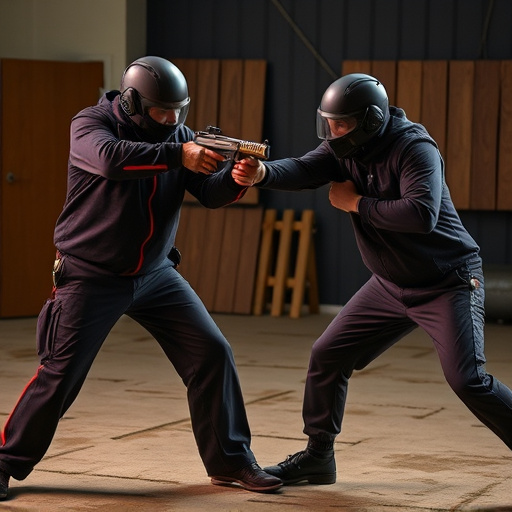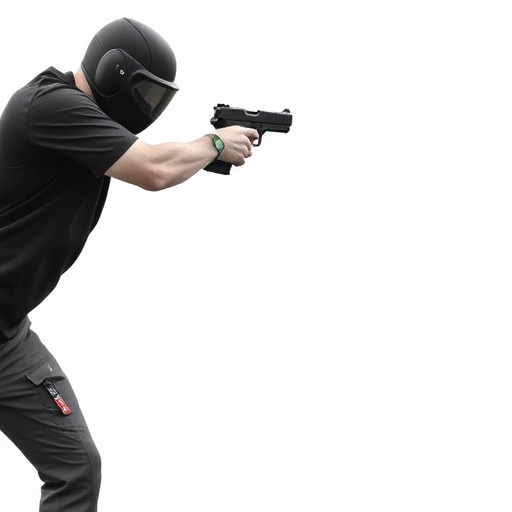Tasers and stun guns differ in their non-lethal incapacitation methods: Tasers use electrical pulses to disrupt muscle control via small probes, while stun guns deliver high-voltage electrical pulses directly to the nerve system. When selecting a high-voltage stun gun brand, prioritize robust construction, safety features, and consistent performance from established manufacturers like Taser International (Axon). These companies offer models with varying voltage, shot range, and additional features for diverse personal defense needs. Understanding these distinctions is crucial when choosing between a taser and a stun gun.
Taser vs. Stun Gun: Unlocking the Differences Between These Non-Lethal Weapons
In today’s world of personal security, understanding non-lethal force options is paramount. This article demystifies two popular tools: tasers and stun guns. We’ll explore their distinct mechanics, common applications in law enforcement, self-defense, and security, and delve into the key differences between high voltage stun gun brands, based on power output, range, safety features, and user reviews.
Understanding Tasers and Stun Guns

Tasers and stun guns are both non-lethal weapons designed to immobilize targets, but they operate on different principles. Tasers, officially known as Conducted Electrical Weapons (CEWs), fire two thin probes connected to the device by wires, delivering a high-voltage, low-current electrical pulse into the target’s body. This causes muscular contractions, disorienting and temporarily incapacitating the individual. Stun guns, on the other hand, emit a strong electric charge that disrupts the nerve signals in the target’s body, leading to loss of balance, coordination, and muscle control without causing permanent harm.
When considering high-voltage stun gun brands, it’s crucial to look for devices with robust construction, reliable safety features, and consistent performance. Established manufacturers like Taser International (now Axon) are known for their advanced technology and rigorous testing procedures. Other reputable brands offer models with different voltage levels, shot ranges, and additional features such as LED lights or laser sights, catering to various user needs and preferences. Understanding the unique capabilities of each device is essential when choosing between a taser and a stun gun.
– Definition and basic mechanics of each device

A taser and a stun gun are both non-lethal weapons designed to temporarily incapacitate individuals, but they operate on distinct principles. A taser, short for “thermally activated electric weapon,” fires small probes connected to wires that deliver an electric current to the target, disrupting muscle control and causing temporary paralysis. This shock can be powerful enough to subdue aggressive or dangerous subjects, making tasers popular with law enforcement agencies worldwide.
In contrast, a stun gun generates a high-voltage electrical discharge that affects the body’s nerve system. When activated, it emits an intense pulse of electricity that causes severe pain and muscle spasms, rendering the target temporarily unconscious. Stun guns are often handheld devices with trigger mechanisms, and they are marketed towards personal defense for civilians under various brand names, including some known for their high voltage stun gun models.
Tasers and stun guns both utilize high voltage to disable targets, but they differ in mechanism and application. Tasers fire small probes that deliver an electric shock, while stun guns use conductive electrodes to induce muscle spasms. When choosing between these devices, consider factors like range, power output, and intended use. For those seeking advanced protection, exploring reputable brands of high voltage stun gun models can provide a reliable option for personal safety.
